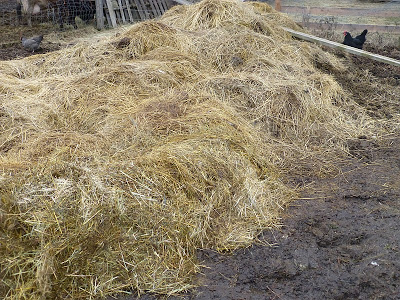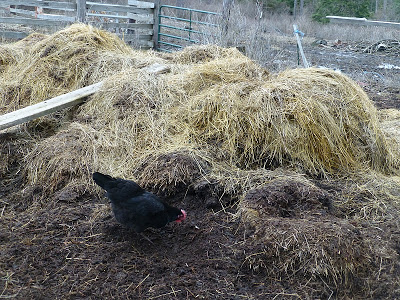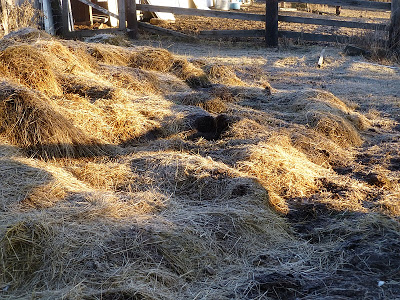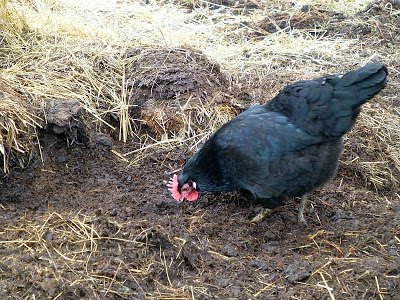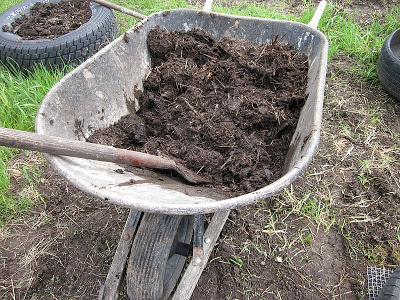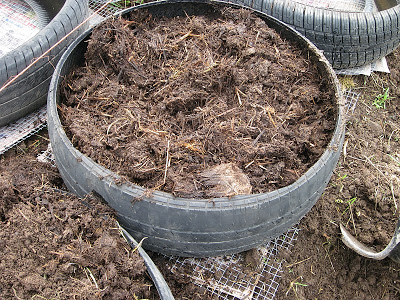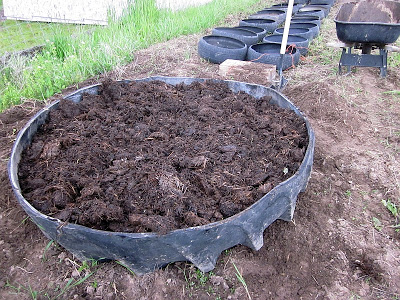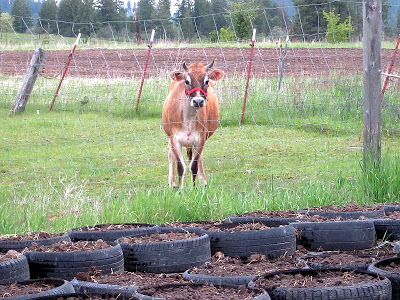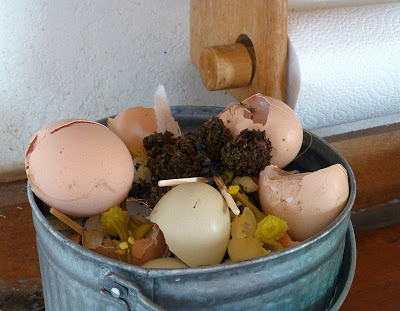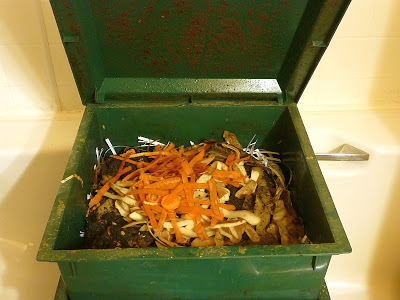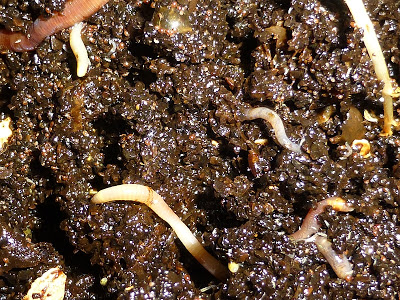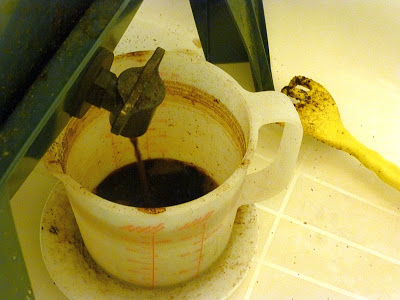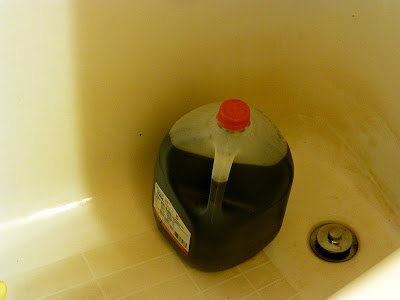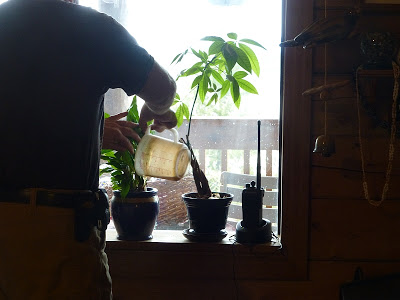

| Visitors Now: | |
| Total Visits: | |
| Total Stories: |

| Story Views | |
| Now: | |
| Last Hour: | |
| Last 24 Hours: | |
| Total: | |
Composting pix
If I’ve been a little quiet for the last couple of days, it’s because I’ve been neck-deep in compost. Or, more specifically, in writing about it. I had a very large article due with Backwoods Home Magazine on the subject, and I finally heaved it out the window toward those good folks last night (so technically I made my deadline, even if it was after they’d gone home for the day).
Anyway, my editor needs some photos to illustrate the article. I’m posting these so she can pick and choose whichever she prefers.
Photo 1 — Our “helter-skelter” unscientific compost pile, consisting of barn and chicken coop waste.
Photo 2 — Our “helter-skelter” compost pile — newer materials on top, three-year-old compost at bottom. Happy chicken thrown in for free.
Photo 3 — Another view of her “helter-skelter” compost pile.
Photo 12 — Chickens love scratching in compost piles, which helps aerate the soil.
Photo 13 — A wheelbarrow full of compost, destined for the garden.
Photo 14 — Compost filling a tire, ready for planting.
Photo 16 — Compost filling a large tractor tire.
Photo 17 — Polly, our Jersey heifer, watches as I fill tires with compost.
Photo 4 — The bucket which holds our kitchen waste, ready to empty.
Photo 5 — I interviewed a friend who composts his kitchen scraps with worms. The composting system is stored indoors during the winter in an unused bathtub.
Photo 6 — Top tray gets the fresh kitchen scraps.
Photo 7 — Second tray has thousands of worms, eating their way through the garbage.
Photo 8 — The worms will migrate upward, through the mesh of the tray above, when they’re finished with the food in the lower trays.
Photo 9 — Harvesting the “worm tea.”
Photo 10 — A gallon of concentrated worm tea. This must be diluted before being used on plants.
Photo 11 — Watering plants with diluted worm tea.
2013-03-05 10:40:16
Source: http://www.rural-revolution.com/2013/03/composting-pix.html
Source:



